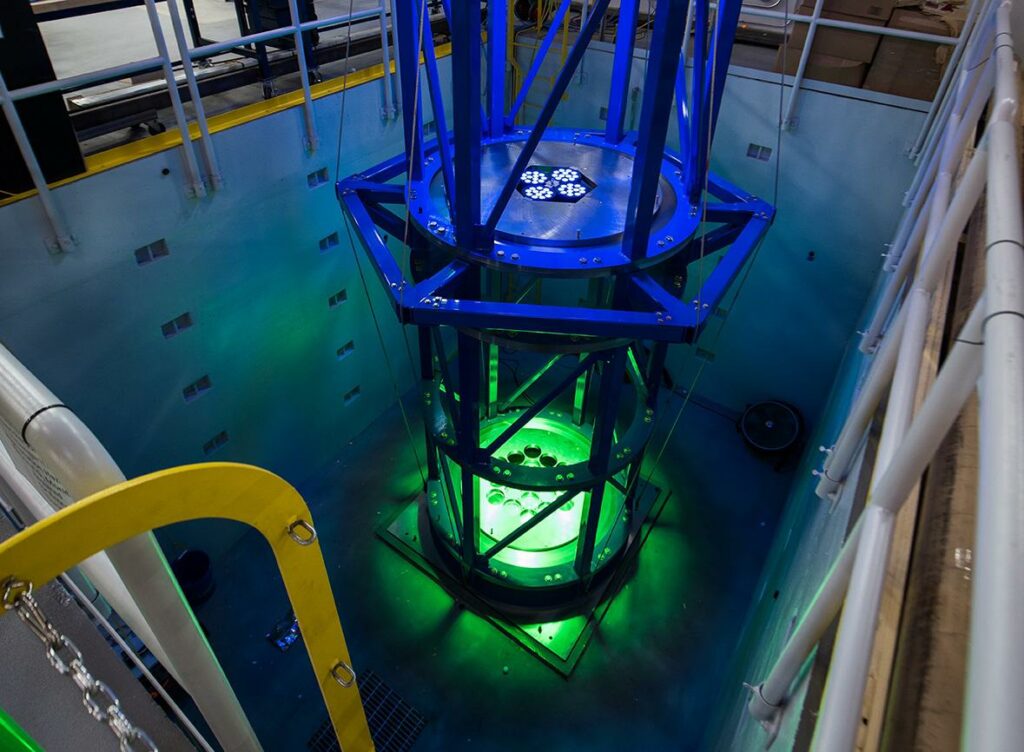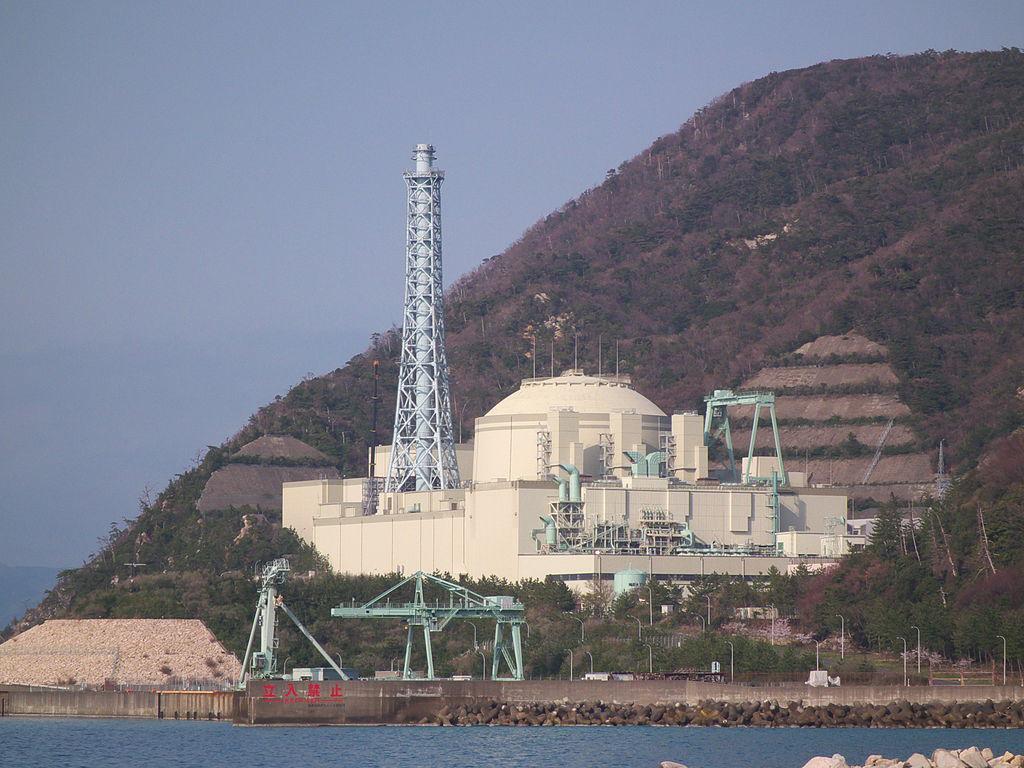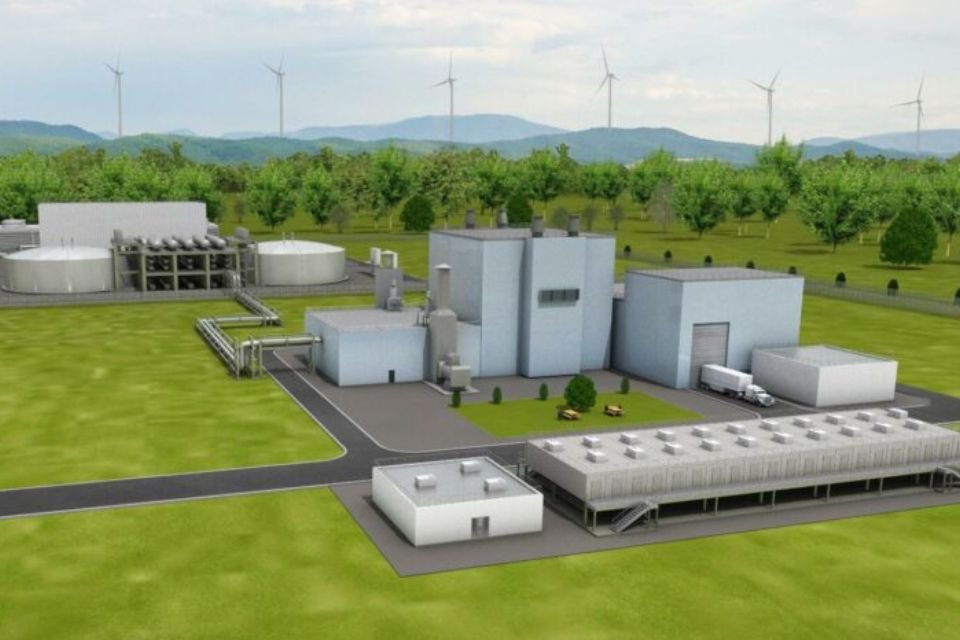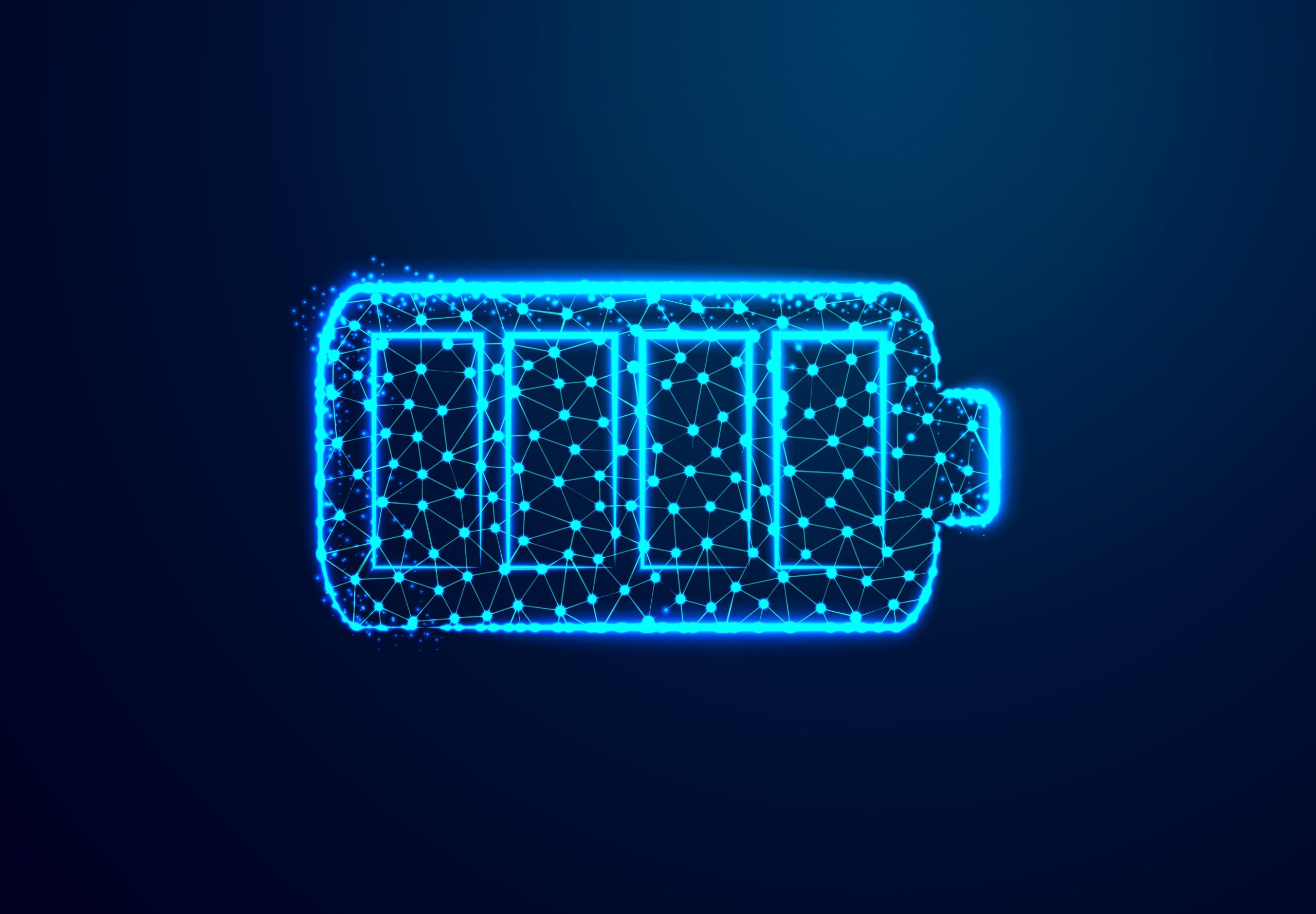Climate changes caused by global warming are related to the emission of greenhouse gases (GHG). One of the main emitters of pollutants is fossil fuels, which are used both to move transportation vehicles and to generate electricity.
non-renewable resources, It constitutes 84% of the world’s energy matrix, such as petroleum, coal and natural gas., according to the Center for Energy Research at the Getulio Vargas Foundation (FGV Energia). They are also responsible for almost 100% of the greenhouse gas emitted for energy production. According to the International Energy Agency (IEA), the burning of coal, which is widely used in electricity generation, leads the sector’s emissions with more than 43% of the gases released into the atmosphere.
In this scenario, climate change is inevitable, as are increased droughts, floods and sea progress. However, there is a worldwide effort to try to reduce the rise in global temperature compared to the pre-industrial era to just 1.5°C by 2100, which means avoiding even greater catastrophes. But trading is difficult and slow.
The 1997 Kyoto Protocol only established voluntary commitments, but most were not met. The document was replaced in 2015 by the Paris Agreement, which introduced more drastic measures but took time to implement due to resistance from the biggest polluters.
At the last United Nations Climate Change Conference (COP26), held in 2021, More than 40 countries aimed to sign an agreement to phase out coal use in the next decades. China and India, the first and third largest global consumers of coal, have worked to remove the word “elimination” from the commitment and put the word “reduction”, the target of criticism from environmentalists around the world. The second largest consumer, the United States, has not even signed the deal.
How to avoid climate catastrophe?by Bill Gates
Bill Gates, the founder of Microsoft, once the richest person in the world, has spent over a decade reflecting on global issues and implementing initiatives that have the potential to reverse climate change. His knowledge is reinforced in the book How to avoid a climate disaster: the solutions we have and the innovations we needReleased in 2021.
“In my 15+ years of learning about energy and climate change, I’ve seen exciting advances,” Gates wrote. The billionaire believes that the present moment is crucial for the future of humanity. While the cost of generating renewable energy from solar and wind has dropped significantly, public support for more effective action to prevent a climate catastrophe has increased.
Gates claims that “to avoid a climate catastrophe, we must achieve zero greenhouse gas emissions.” He argues that for this, it is necessary to implement existing tools faster and smarter, as well as to create and apply innovative technologies.
“The implementation of this new energy system requires intense political action,” says an excerpt from the book. Therefore, more pressure is needed on governments. “Elected officials will agree to certain climate change plans if voters demand it,” Gates says.
To bring the issue to life, a group of billionaire-led private sector investors Decided to found TerraPower in 2006. The main goal of the company is to develop clean energy to contain the drastic changes caused by global warming in the world.
TerraPower’s recommendation

TerraPower sees nuclear energy as a key element of its energy infrastructureso he began developing a technology called the traveling wave reactor (TWR), which aimed at a safer method of generating electricity from atomic sources.
Nuclear fission, a process in which atoms split and release large amounts of energy, produces a lot of heat. In conventional nuclear power plants, water absorbs this heat and turns it into steam, which turns a turbine to generate electricity. The problem is that steam can also build up pressure inside a reactor and cause an explosion.
TerraPower uses a different method, replacing water with liquid sodium as the coolant. The substance has a higher boiling point and can absorb much more heat than water, which means no high pressure builds up inside the reactor.
The innovative cooling system, called Natrium, does not depend on an external energy source to operate in the event of an emergency shutdown of the reactor. Instead, your system works with hot air rising from the natural circulation within the system. This could prevent accidents like the one at the Fukushima plant in Japan: After a tsunami shut down the factory’s reactor, the backup cooling system powered by diesel engines failed. Without reactor cooling, the plant faced melting and other problems.
A new technology also eliminates the need for enriched uranium (controlled product due to its potential to produce atomic weapons), produces less nuclear waste and allows lowering the cost of installing power plants.
TerraPower’s nuclear reactors are still in the experimental phase. The first major operational test should be conducted by 2028, when the company should be operational at its first plant in Wyoming, USA, leveraging the structure of a former coal industry.
The factory has an investment of USD 4 billion, half of which is financed by the company and the other part is financed by the US government. However, the estimate is that subsequent installations will cost at least a quarter of that volume.
Nuclear power may not be viable

However, the use of nuclear energy as an alternative to electricity generation is not a consensus among scientists. The biggest criticism of the atomic system is that uranium, the main raw material used in nuclear reactors, is a non-renewable material that can be used in nuclear war.
In addition, the construction of nuclear power plants takes a long time and is very expensive. “Investing in new nuclear power is the surest route to climate disaster,” warns Mark Jacobson, a professor at Stanford University (USA).
The technology used by the Gates initiative can itself be dangerous. “The traveling wave is a subtype of the sodium-cooled fast reactor, and the track record of these reactors is not encouraging,” recalls senior editor Richard Martin. MIT Technology Review. Sodium has a high chemical reactivity that can cause accidents such as the 1995 Monju Nuclear Power Plant accident in Japan.
“Fast reactors in general have never been commercially viable, and I haven’t seen anything at TerraPower that suggests their design is better,” says MV Ramana, a nuclear physicist at the University of British Columbia. “And sodium is opaque, making reactor maintenance and repair notoriously difficult,” he adds.
Of course, Gates and his team are aware of the criticisms of the system and are looking for solutions to overcome the challenges. Only the future can tell whether they will succeed in developing a viable atomic energy alternative.
Source: Tec Mundo
I’m Blaine Morgan, an experienced journalist and writer with over 8 years of experience in the tech industry. My expertise lies in writing about technology news and trends, covering everything from cutting-edge gadgets to emerging software developments. I’ve written for several leading publications including Gadget Onus where I am an author.












